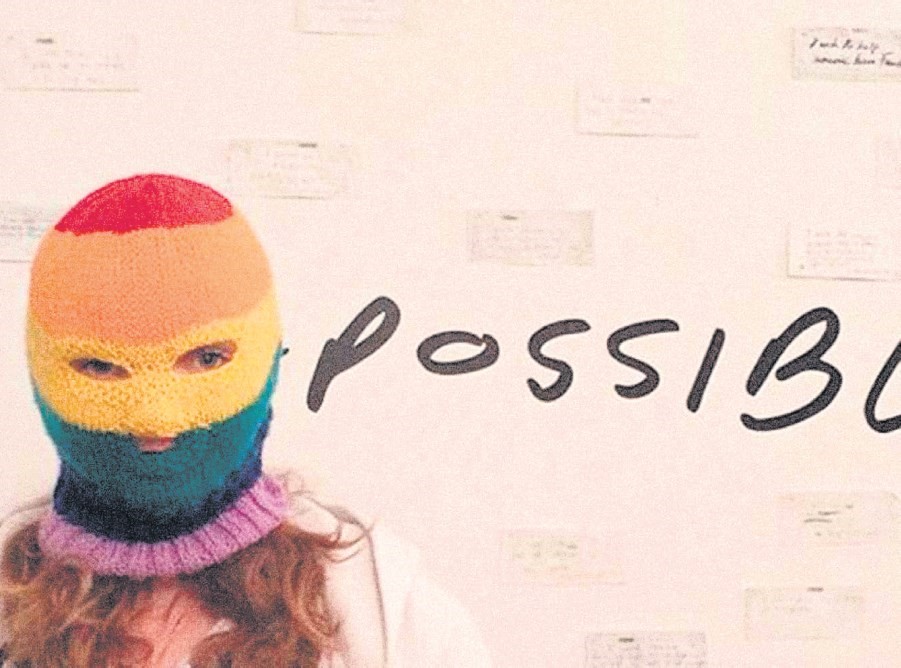"Impossible came out of a conversation with a friend about the potential we saw for technology to play a greater role in connecting people to trade non-monetarily," explains Lily Cole of her most recent project: Impossible, the global community of altruistic deed-doers that she founded in 2013. "I subsequently discovered the gift economy and became very inspired by the fact societies had existed in ways very different to our own... I thought, wouldn't it be nice to have a bit more of that sharing or giving in our society?" Since the launch of Impossible – which holds such luminaries as Wikipedia founder Jimmy Wales and Bangladeshi entrepreneur Muhammad Yunus among its advocates – Impossible has evolved into an assortment of different forms: a shop (with both a digital and physical presence – there's an actual shop in London Bridge) which retails everything from ethically-produced collaborations to Katherine Hamnett T-shirts, and now, a magazine.
"We have had a news channel on Impossible since the beginning, where we distribute positive news, user generated content and also excerpts from some of the workshops we've hosted," explains Cole of this new incarnation. "A friend of mine saw it and suggested we turn it into a magazine, which felt like a great idea. I – like many people – spend so much of my time on the Internet, staring at screens, that print provides an important 'other' way of absorbing information. It offers a different experience and I think is more important now than ever." Featuring icons from Paul McCartney to Joss Whedon, climate scientists to gift economists, Impossible To Print is a celebration of creativity and activism; a resoundingly positive, DIY newspaper dedicated to doing things differently. "We have referenced the anarcho-feminist punk fanzine The Impossible Dream, and I hope a little of that spirit carries through," she says – and in honour of her foray into print media, we spoke to Lily about the five key texts that have informed her world: from the Guy DeBord text that illuminated the spectacle of modelling, to the sheer enchantment of Lewis Carroll.
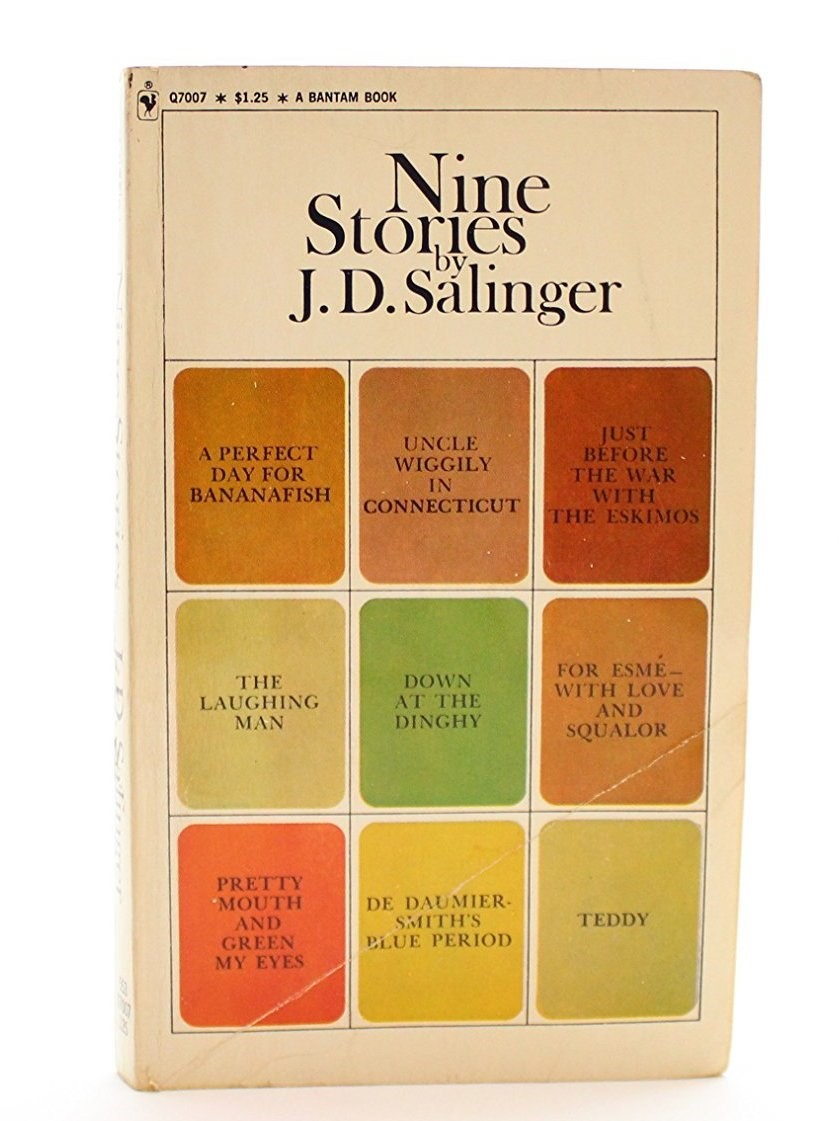
Teddy from Nine Stories by J.D. Salinger
"Salinger's writing makes me want to write, and the underlying Eastern philosophy in it spoke to me. My friend Henry gave me a copy about ten years ago and it is beautiful, powerful and strong writing."
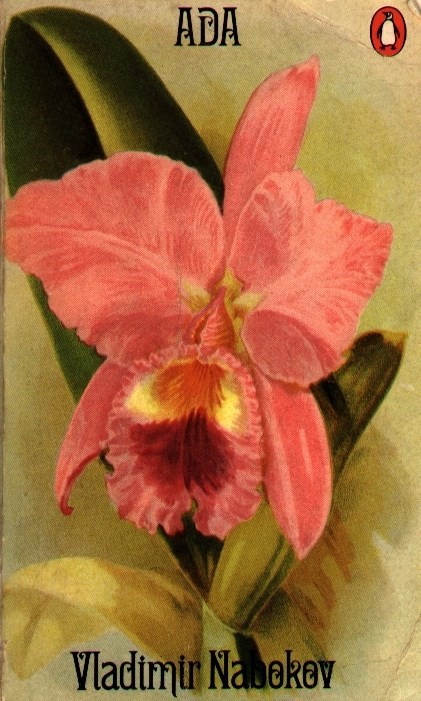
Ada or Ardor: A Family Chronicle by Vladimir Nabokov
"I think it's a literary masterpiece. It's Nabokov's last work and he uses English in a powerful and playful way. When I first read it, I fell in love with Ada and am often taken back to her world in my daydreams. I also love the moral ambiguity of the book: like Lolita, Nabokov takes us into a world that we might ordinarily condemn and allows us to see it from the protagonists' perspective so that we might understand, and potentially leave less judgmental."
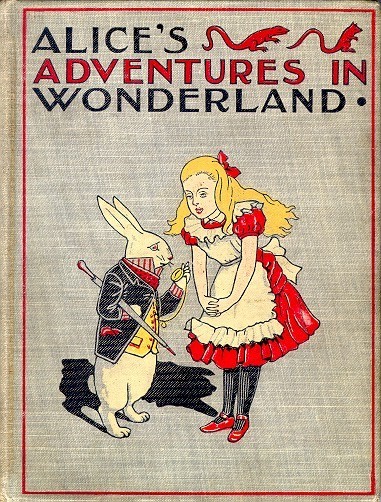
Alice in Wonderland by Lewis Carroll
"How could anyone not love this book? I don't even remember how I first came across it, it feels like it has always been there. But in 2004, I was asked by Marilyn Manson to make it into a movie and I think it got deeper under my skin from that point onwards. I try to believe in at least six impossible things before breakfast."
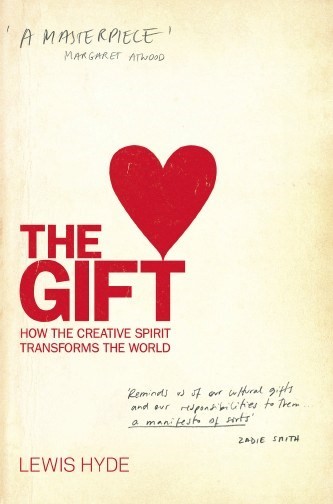
The Gift by Lewis Hyde
"I had already read Marcel Mauss' The Gift (which this book references), it jumped out to me on a bookstore stand at Frieze Art Fair. I have devoted much of the last five years of my life to thinking about, working within and promoting the gift economy. Hyde's book was one of several influences in my thinking about the power of the gift. Hyde gives me a great, accessible and engaging summary of the research, philosophy and social implications of the gift economy, then he applies this logic to the creative arts."
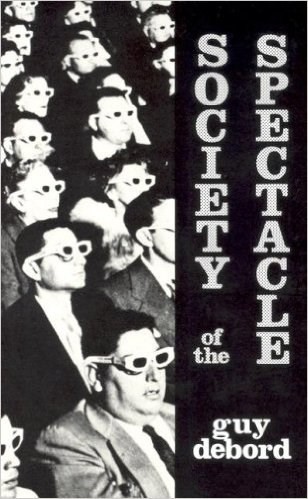
The Society of the Spectacle by Guy DeBord
"When I was studying art history at university I started watching Guy DeBord's films amongst other situationist work. I love this book because it provokes us to question everything we have grown so comfortably numb to in capitalism – the advertising, the images, the values propagated. I think it really spoke to me at the time as I was still modelling and was always in a bit of conflict being so central to the spectacle. It continues to colour my thinking because it is so rare that you question or challenge the status quo, but I think it's a necessary exercise to do often."
Impossible To Print is available to buy via impossible.com
